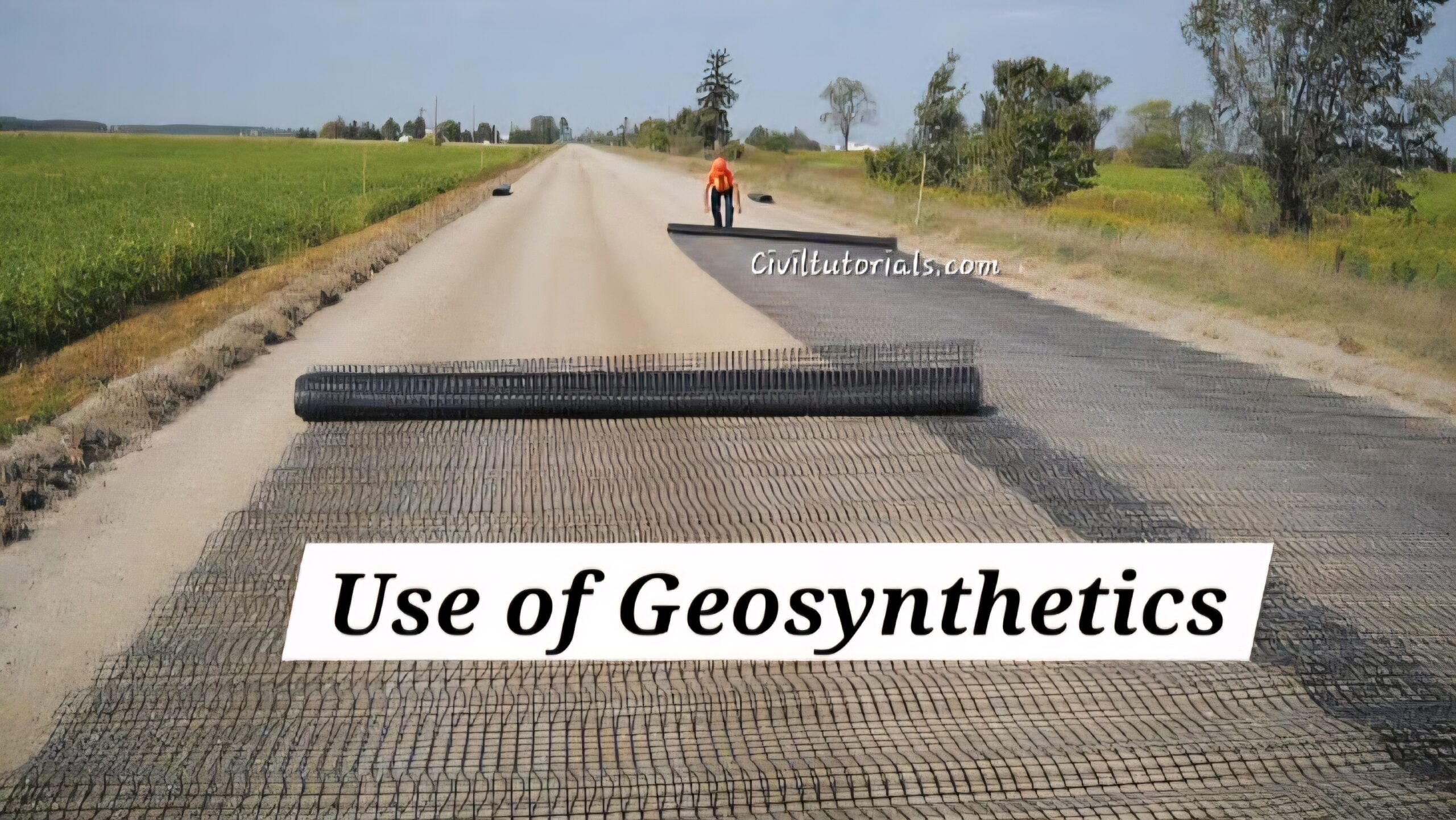An Auto Level, also known as an automatic level or self-leveling level, is a precision surveying instrument used to establish or verify points in the same horizontal plane. It is commonly used in construction and land surveying to transfer, measure, or set heights of points and ensure accurate leveling.
The focus keyword “Auto Level” refers to its unique feature—automatic leveling using internal compensators. Unlike manual levels, Auto Levels automatically adjust to a horizontal line of sight, which reduces human error and speeds up the leveling process on-site.
Components of an Auto Level
To understand how an Auto Level works, it’s important to know its main components:
- Telescope: Focuses on the staff or target point
- Objective Lens: Collects light and helps in clear vision
- Eyepiece: Used to see the magnified image
- Leveling Screws: Adjust the instrument for setup
- Circular Bubble Level: Assists with rough leveling
- Compensator: Automatically levels the line of sight
- Horizontal Circle: Measures horizontal angles
- Tripod: Stable platform for mounting the Auto Level
Types of Auto Level
Auto Levels come in various types depending on their specifications and applications. Below are the most common types:
Dumpy Auto Level
A traditional type with a fixed telescope. The internal compensator ensures a horizontal line of sight automatically.
Features:
- Fixed optics
- High durability
- Used in building construction and land surveying
Tilting Auto Level
Allows limited tilting of the telescope while maintaining automatic leveling.
Advantages:
- More flexibility in rough terrain
- Useful in hilly or uneven ground surveys
Digital Auto Level
Equipped with digital displays and electronic sensors, this type allows fast, error-free readings.
Key benefits:
- Instant digital readout
- Integrated memory
- Reduces manual errors
Laser Auto Level
Incorporates laser technology to project a level line over distances, often used in interior work or large open areas.
Used in:
- Interior installations
- Site layout for slabs or roadworks
Advantages of Auto Level
Using an Auto Level has many benefits, especially for field surveyors and construction engineers.
High Precision
- Accurate leveling over long distances
- Reduces errors due to automatic compensator
- Excellent for large-scale projects
Speed and Efficiency
- Faster setup compared to manual levels
- Automatic leveling reduces time
- Enhances work productivity
Easy to Operate
- Requires minimal training
- Simple operation for staff at all skill levels
- Reduces need for continuous adjustment
Versatility
- Suitable for roads, buildings, bridges, and drainage systems
- Works effectively in various environmental conditions
Long-Term Durability
- Rugged construction for field use
- Resists dust and water (IP rated)
- Long lifespan with proper maintenance
Applications of Auto Level
Auto Levels are widely used in various fields where elevation and level accuracy are important.
Construction Site Leveling
- Ensures uniform height in building foundations
- Helps in formwork alignment
- Used to check beam and slab levels
Road and Highway Projects
- Leveling road surfaces
- Setting out gradients
- Controlling slope and drainage alignment
Land Surveying
- Used in topographic mapping
- Setting benchmarks
- Transferring levels across distances
Railway Track Alignment
- Ensures proper elevation of rail tracks
- Supports curve and switch layout
- Controls rail gradients
Pipeline Installation
- Maintains level alignment of underground pipes
- Ensures correct slope for fluid flow
- Assists in trench excavation control
Landscaping and Drainage
- Used to grade land correctly
- Ensures proper flow direction for water
- Ideal for golf courses, gardens, and parks
How to Use an Auto Level
Here is a step-by-step guide to using an Auto Level effectively:
- Set up the tripod on stable ground
- Mount the Auto Level on the tripod using the central screw
- Rough level the instrument using the circular bubble and leveling screws
- Allow compensator to self-level internally
- Focus on the leveling staff placed at the target point
- Take reading from the crosshairs
- Record elevation data or compare height differences
Auto Level vs Dumpy Level
| Feature | Auto Level | Dumpy Level |
|---|---|---|
| Leveling | Automatic via compensator | Manual using bubble |
| Accuracy | High | Moderate |
| Speed | Fast | Slower |
| Skill Required | Low to medium | Medium to high |
| Modern Use | Widely used | Mostly replaced by Auto Level |
| Cost | Slightly higher | Cost-effective |
Maintenance of Auto Level
Maintaining your Auto Level ensures long-term accuracy and usability.
- Clean lenses with a microfiber cloth
- Store in a protective case when not in use
- Avoid dropping or exposing to moisture
- Check calibration periodically
- Protect from dust and direct sunlight
Locations Where Auto Levels Are Used
Auto Levels are suitable for both urban and rural surveying tasks. Typical locations include:
- Construction Sites for multi-story buildings
- Highways and Expressways for elevation planning
- Railway Projects for level and gradient setting
- Bridges and Flyovers for pier leveling
- Land Development Sites for grading and layout
- Agricultural Fields for irrigation and leveling
Auto Level Reading Table Example
| Station | Back Sight (BS) | Fore Sight (FS) | Rise/Fall | Reduced Level (RL) |
|---|---|---|---|---|
| 1 | 1.500 | – | – | 100.000 |
| 2 | – | 1.200 | Rise 0.300 | 100.300 |
| 3 | 1.300 | – | Fall 0.100 | 100.200 |
Key Benefits of Auto Level in Civil Engineering
- Ensures uniform elevation for foundations and structures
- Enhances accuracy in project layout
- Supports slope control for drainage and grading
- Reduces rework due to fewer leveling errors
- Improves productivity and project timelines
Common Errors in Auto Leveling
To avoid errors during surveys, watch for these common mistakes:
- Improper setup of tripod and leveling screws
- Compensator malfunction due to impact or vibration
- Parallax error by incorrect focusing
- Using an unstable base in windy conditions
- Reading from tilted staff instead of vertical
Auto Level Accessories
- Leveling Staff (Rod): Graduated staff for reading height
- Tripod Stand: Provides stable base
- Plumb Bob or Optical Plummet: Ensures central positioning
- Carrying Case: Protects the instrument during transport
- Lens Brush and Cloth: For cleaning optics
- Umbrella or Shade: Protects from sun glare during readings
Digital Auto Level Features
Digital Auto Levels are becoming more popular due to their smart features:
- Internal memory to save readings
- USB port for data transfer
- Voice-guided setup
- Bluetooth and Wi-Fi for wireless syncing
- High-magnification optics
- Auto-calibration features
FAQs about Auto Level
What is an Auto Level used for?
An Auto Level is used to measure and establish horizontal levels in construction, surveying, and civil engineering projects.
Is an Auto Level better than a dumpy level?
Yes, Auto Levels offer greater accuracy, are faster to set up, and require less manual adjustment compared to dumpy levels.
How accurate is an Auto Level?
Most Auto Levels can achieve accuracy of ±1.5 mm per 30 meters, depending on the model and conditions.
Do Auto Levels need calibration?
Yes, periodic calibration is required to ensure accuracy, especially after heavy use or impact.
Can Auto Levels be used in the rain?
Many Auto Levels are water-resistant (IP-rated), but it is best to use protection or work in dry conditions when possible.











